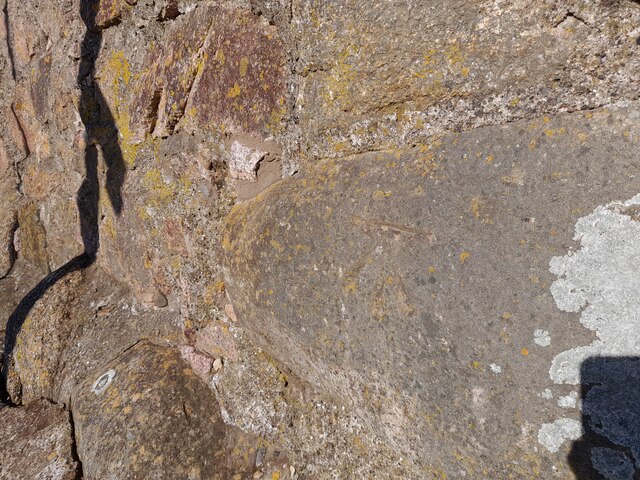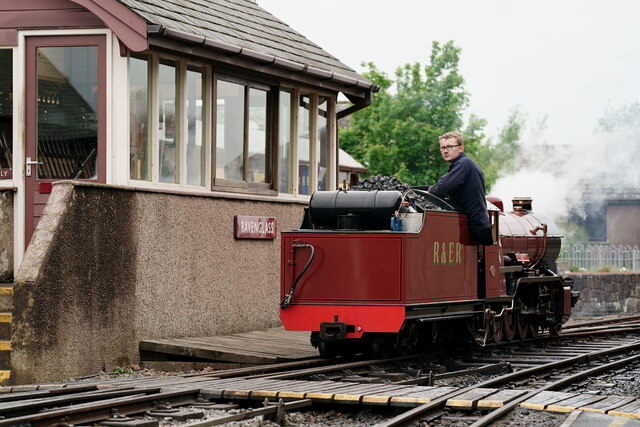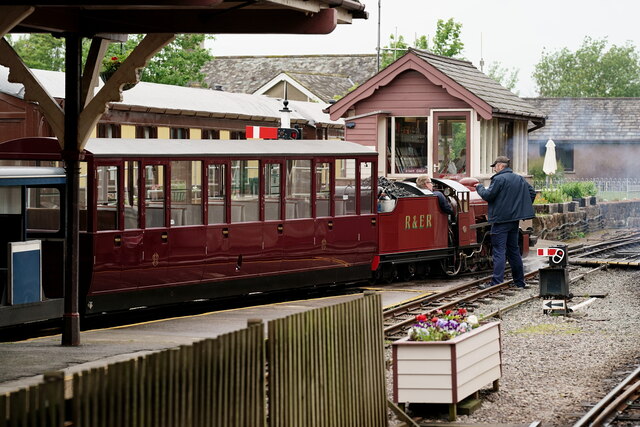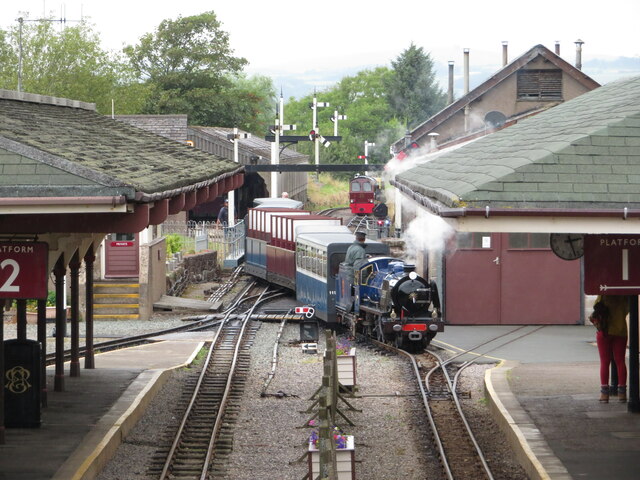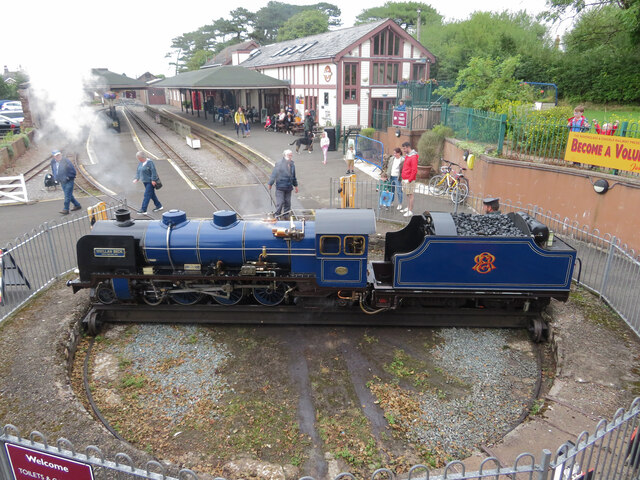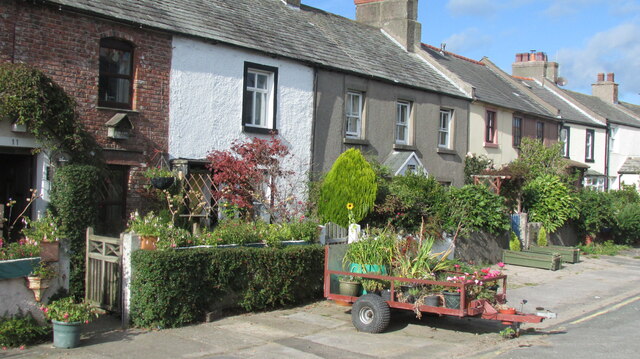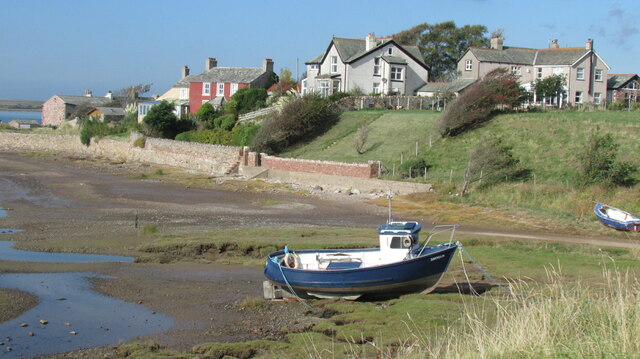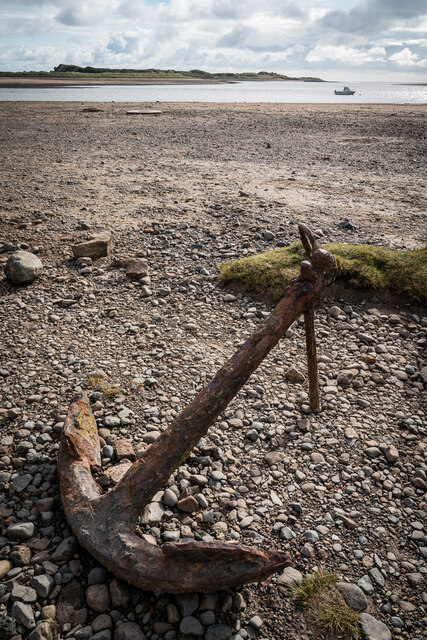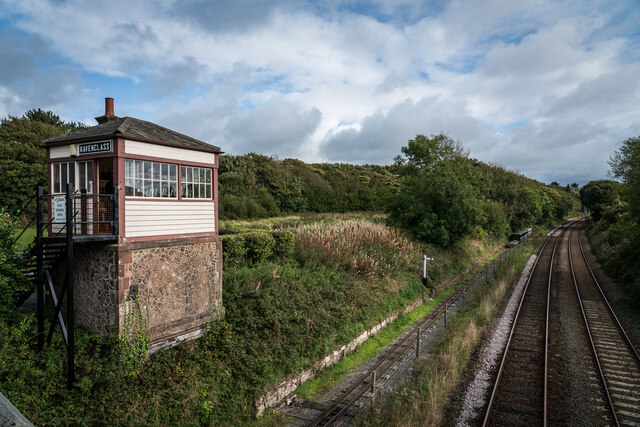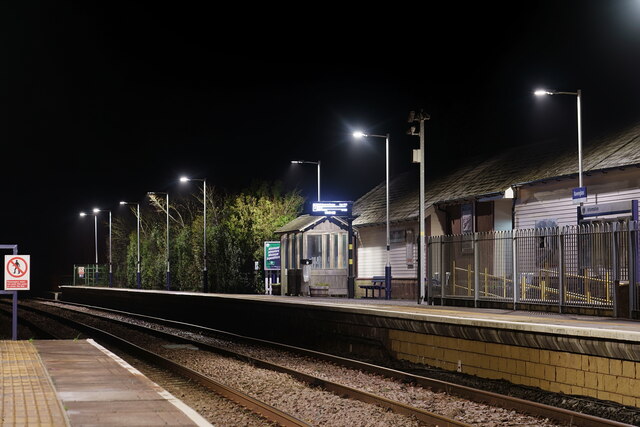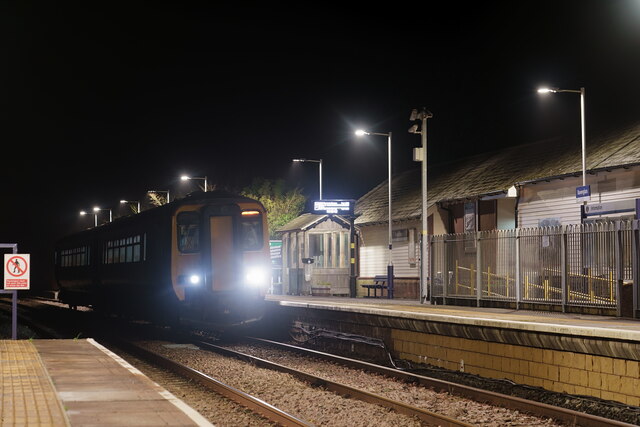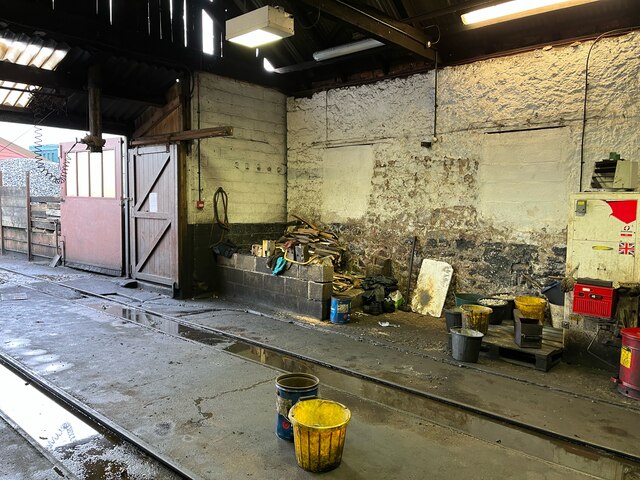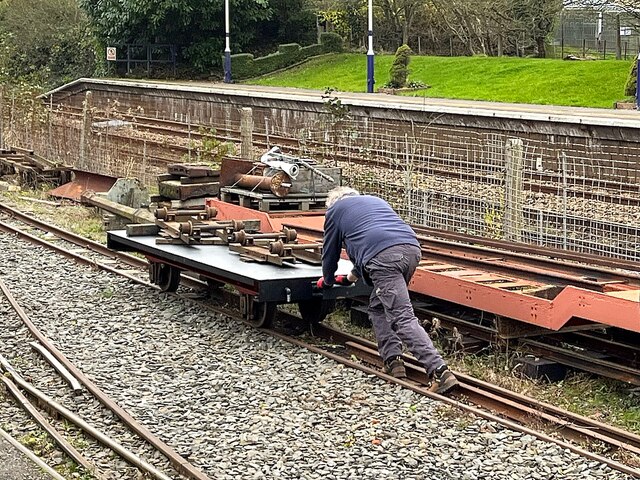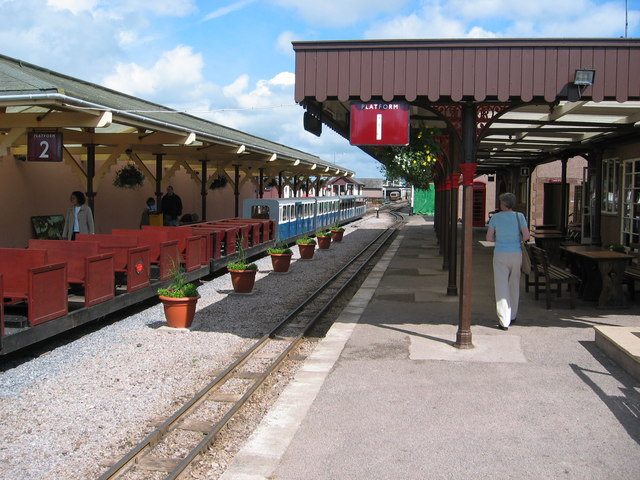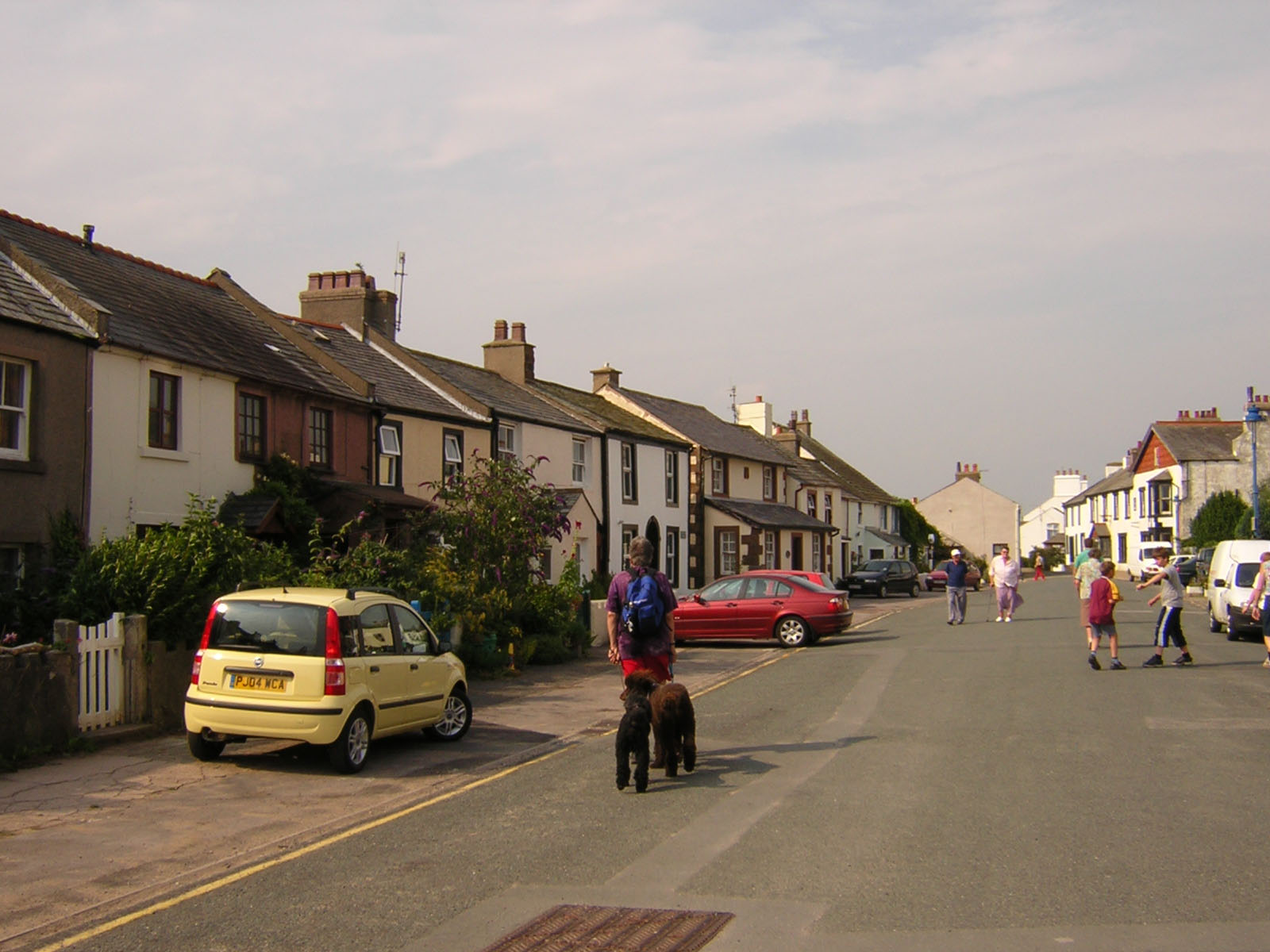Mite Houses
Settlement in Cumberland Copeland
England
Mite Houses
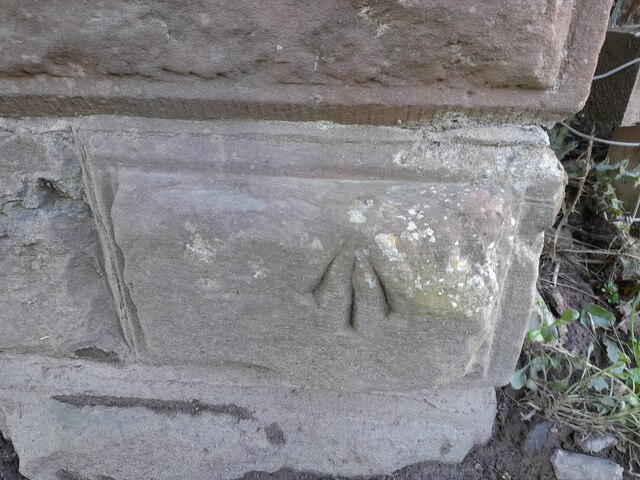
Mite Houses is a small village located in the picturesque region of Cumberland, England. Situated in the northern part of the county, Mite Houses is known for its idyllic countryside setting, offering a peaceful retreat for both locals and tourists.
The village is surrounded by rolling hills, lush green meadows, and charming woodlands, making it a haven for nature enthusiasts and outdoor adventurers. The tranquil atmosphere of Mite Houses provides the perfect backdrop for hiking, cycling, or simply enjoying leisurely walks in the countryside.
Mite Houses itself is a quaint and close-knit community, with a population of around 400 residents. The village boasts a charming collection of traditional stone cottages, which add to the overall charm and character of the area. The local architecture reflects the village's rich history, with some buildings dating back several centuries.
In terms of amenities, Mite Houses offers a range of facilities to cater to the needs of its residents and visitors. These include a local pub, a small grocery store, and a primary school. The village also benefits from good transport links, with easy access to nearby towns and cities.
Overall, Mite Houses in Cumberland offers a serene and picturesque setting, making it a popular destination for those seeking a peaceful escape in the heart of the English countryside.
If you have any feedback on the listing, please let us know in the comments section below.
Mite Houses Images
Images are sourced within 2km of 54.36019/-3.4172776 or Grid Reference SD0897. Thanks to Geograph Open Source API. All images are credited.
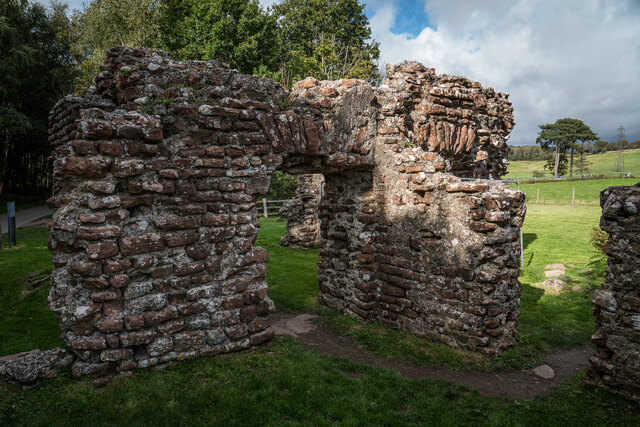
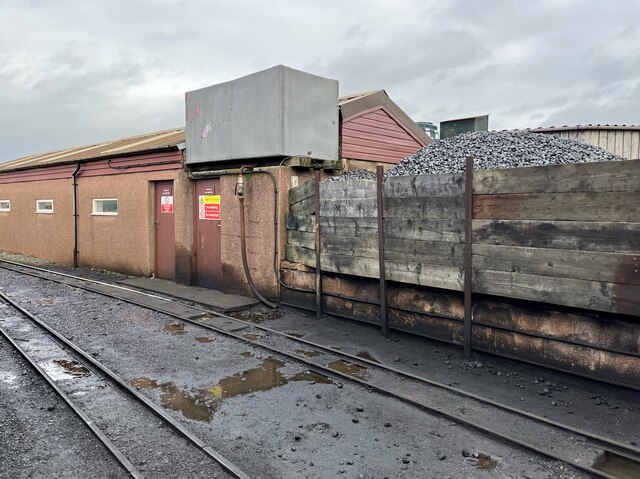
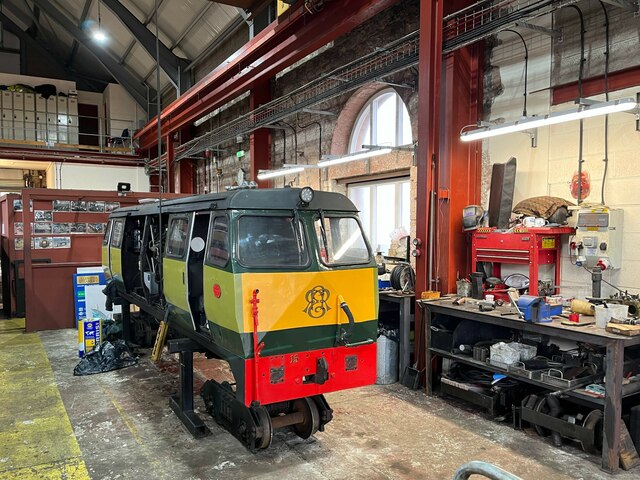
Mite Houses is located at Grid Ref: SD0897 (Lat: 54.36019, Lng: -3.4172776)
Administrative County: Cumbria
District: Copeland
Police Authority: Cumbria
What 3 Words
///caravan.composes.doped. Near Seascale, Cumbria
Nearby Locations
Related Wikis
Ravenglass (R&ER) railway station
Ravenglass Heritage Railway Station is the Western terminus of the Ravenglass and Eskdale Railway. It is situated to the east of Ravenglass main line railway...
River Irt
The River Irt is a river in the county of Cumbria in northern England. It flows for approximately 22 kilometres (14 mi) from its source in Wast Water to...
Ravenglass railway station
Ravenglass (also known as Ravenglass for Eskdale) is a railway station on the Cumbrian Coast Line, which runs between Carlisle and Barrow-in-Furness. The...
Ravenglass
Ravenglass is a coastal village in that lies between Barrow-in-Furness and Whitehaven, on the estuary of three rivers: the Esk, Mite and Irt. It is the...
Nearby Amenities
Located within 500m of 54.36019,-3.4172776Have you been to Mite Houses?
Leave your review of Mite Houses below (or comments, questions and feedback).
